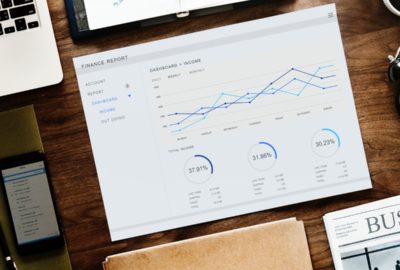
Although reporting was for a long time linked exclusively to the financial sphere, today this activity has become an essential part of the company’s project management and the creation of continuous improvement strategies.
Far from being simply a protocol activity, reporting is useful not only for management, who are kept informed of the company’s progress, but also for teams, who can extract useful data and lessons for their projects.
Reporting gives way to questions that improve the performance of a project, a department or the company in general. Questions such as What are our weak points? Why did we obtain these results? What were the most effective strategies? What are the next steps we should take?
Of course, all this can only be done on the basis of good reporting. If you want to know what strategies you should follow to create truly effective reports; we recommend that you continue reading this article that we have prepared for you today.
What exactly is reporting about?
Reporting activity is part of a set of tools related to Business Intelligence. These tools ensure the creation and dissemination of activity reports in a predefined format.
The reporting serves to simplify communication between members of the company and provide relevant information about the results of an activity or project, in a way that is orderly and easy to interpret.
The presentation of reports also implies an analysis of the results; so that the audience can understand the data and use them to establish which are the next steps to be taken.
Tips for Creating Powerful Reports
#1 Ask the right questions

Rather than a document for providing accountability or presenting results; a report is an instrument that should be aimed at facilitating decision-making. That’s why when reporting, you should make sure that the reports are accurate, easy to understand and contain relevant information.
To achieve this, we recommend that you ask yourself the following questions: What message do you want to convey? What are you trying to prove with the data? Does the final audience have specialized knowledge about the subject of the report?

It is important that you make your report visually pleasing, remember that our brain is better programmed to process information visually. So try to facilitate communication by presenting the data in an organized and dynamic way.
#2 Choose the right indicators
Your interlocutors are likely to have a limited amount of time, so when presenting your reports you should concentrate and choose the appropriate indicators. This will prevent you from including an enormous amount of irrelevant information that stifles the audience and prevents them from understanding your core message.
#3 Use technology to your advantage
As we have already said, reporting is an activity that concerns all departments of the company. This is why today, the best software solutions on the market integrate reporting as part of their key functionalities. So, why break your head generating a report every time you need it; when you can acquire tools that do it for you?

Whether in the area of cybersecurity, finance, customer service or human resources; if you are going to invest in a tool, the ideal is that you choose one that generates reports. This way you can save a lot of time creating reports and get access to the data you need whenever you need it.
Reporting and ITSM
Evaluating the performance of IT services is an extremely important task for companies. This assessment includes the combination of various indicators such as incident data, service availability and costs.
Having real-time access to this data requires too much effort to do it manually; in this case the tools that feature reporting have an essential role in modernizing IT service management.
This type of software avoids time-consuming manual analysis and enables efficient exchange of information between all members of the company.

In this way, all employees can advance their projects by gaining access to information that allows them to make analyses concerning ability to achieve objectives; the adjustments they need to make to remain competitive, the real costs of a new project, and so on.
In the end, the reports offer teams the opportunity to understand complex issues at a glance. This approach strengthens cohesion at all levels of the company; including experts, decision-makers and operational staff.
Do you want solutions that not only help you improve your company’s vital processes; but also provide you with effective reports in real time? Contact us. At GB Advisors we specialize in providing you with the best tools; and the advisory you need to help you implement it and adapt it to your business processes.



